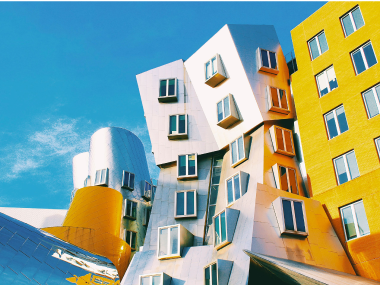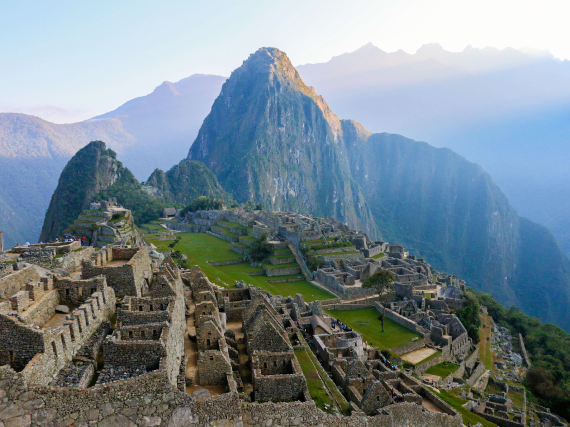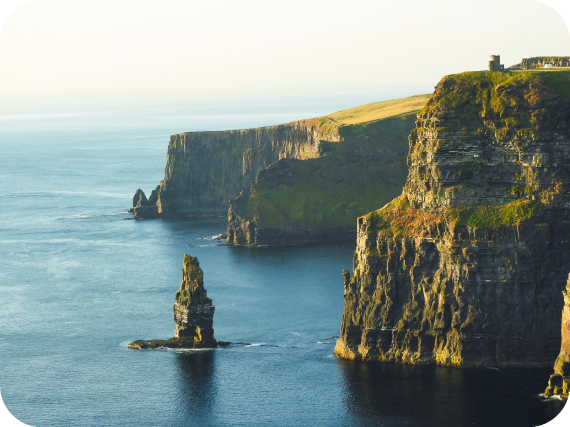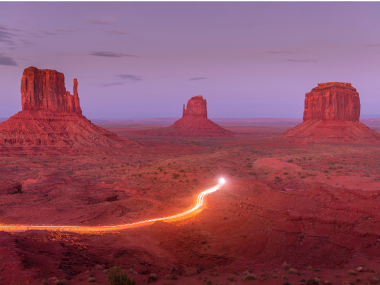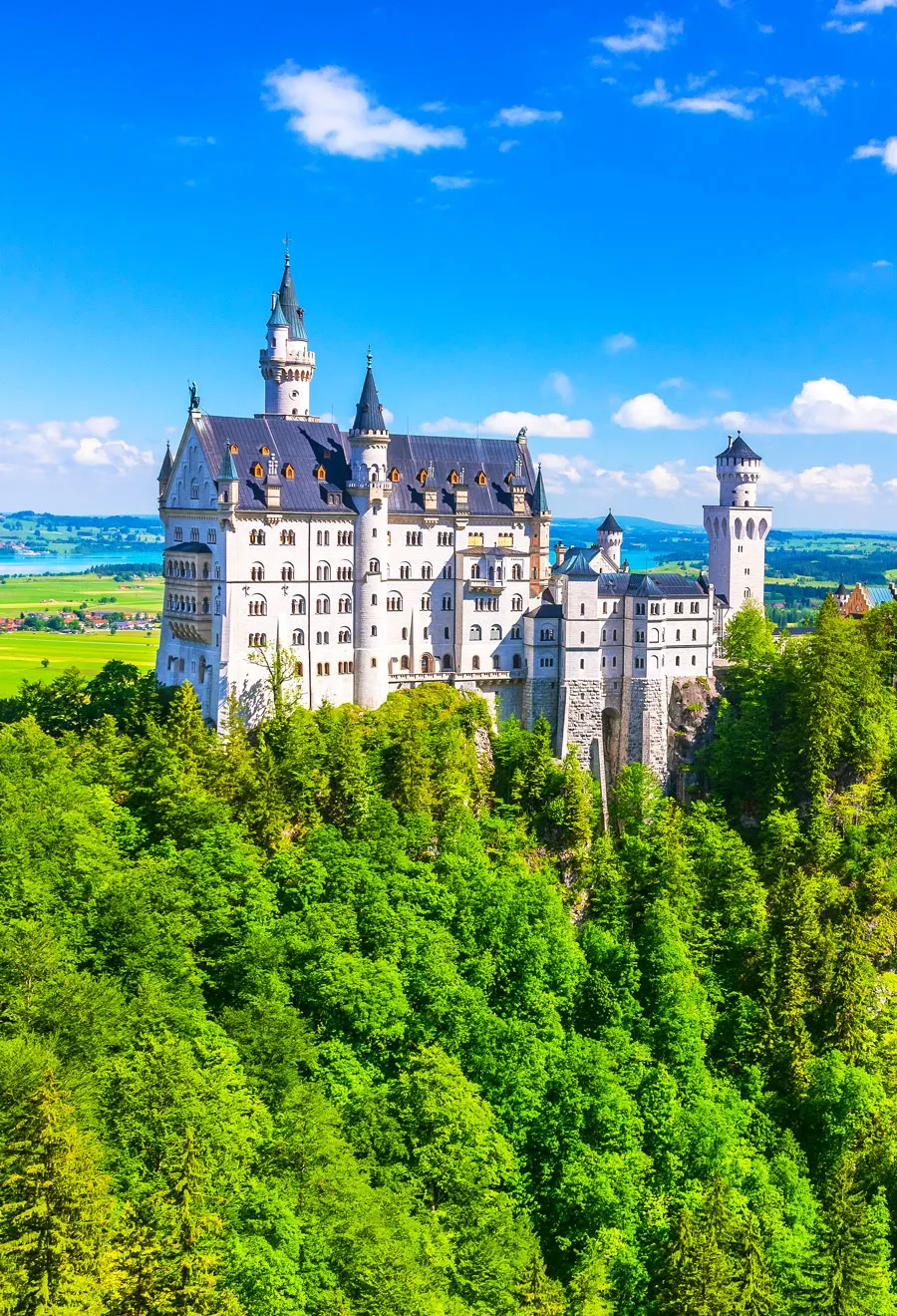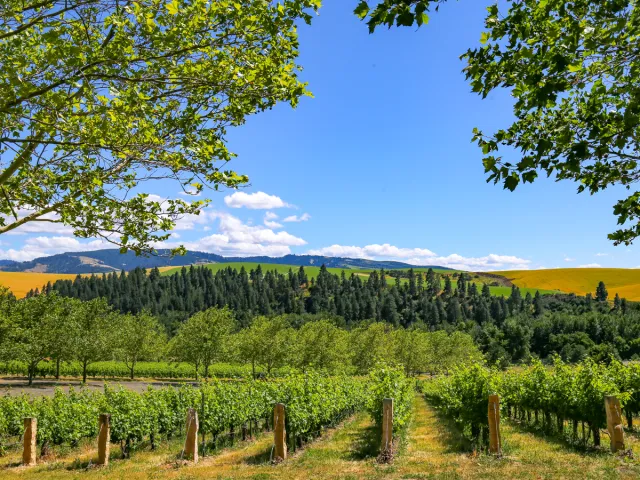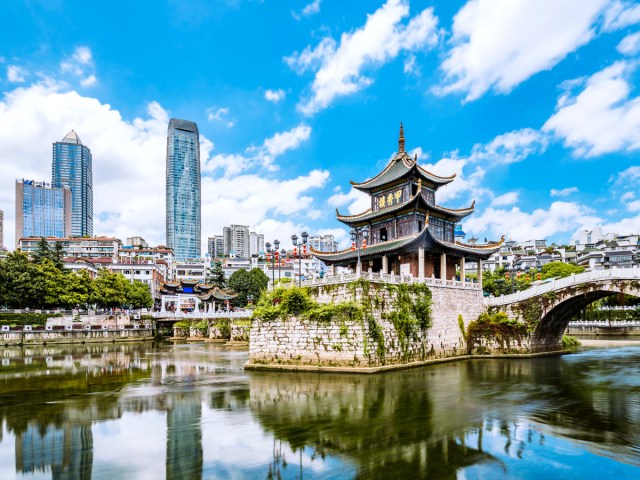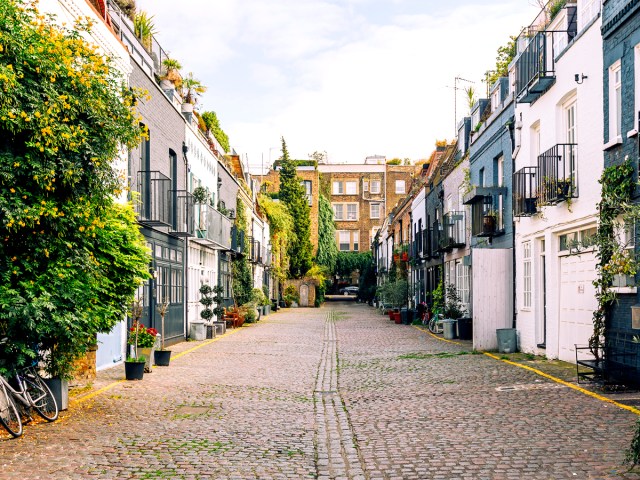Travelers now have 26 new reasons to pack their suitcases. Last month, the UNESCO World Heritage Committee wrapped up its 47th session in Paris, France, where they chose 26 new cultural and natural properties to be added to UNESCO’s World Heritage List. This brings the total to a whopping 1,248 sites of cultural and natural significance across 170 countries. Among the new inductees is one of Europe’s most famous landmarks — a postcard-perfect fairy-tale castle tucked away in Germany’s Bavarian Alps.
History of Neuschwanstein Castle
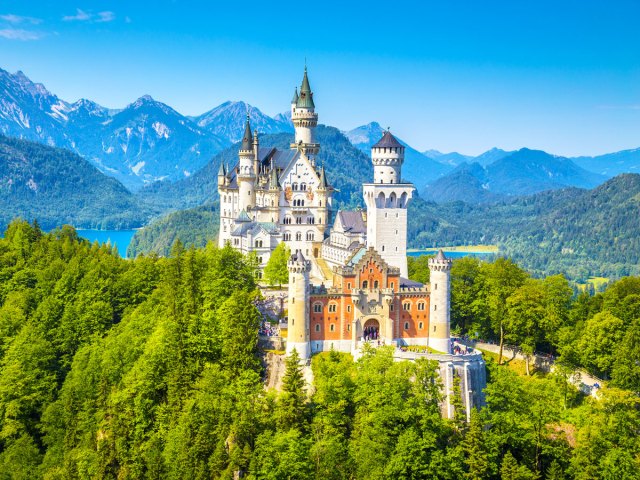
You’ve seen it on postcards, in travel blogs, and even a version of it at Disneyland: Neuschwanstein has earned its place on the world’s stage as Germany’s most recognizable castle. Perched above the village of Schwangau, this 19th-century palace is now registered on the UNESCO World Heritage List. Neuschwanstein was the brainchild of “Mad” King Ludwig II, who gained his nickname for being one of Bavaria’s most eccentric rulers, known for his reclusive lifestyle and over-the-top architectural projects. Unfortunately, he did not live to see the completion of Neuschwanstein before he died in 1886.
The foundation for the palace was laid in September 1869 on the site of two earlier castles. The interior of the 65,000-square-foot castle was never finished; in fact, only about a dozen rooms have been completed since construction began. Following King Ludwig’s mysterious death in 1886, the castle opened to the public as a museum and has been enchanting visitors ever since.
Today, Neuschwanstein — unfinished rooms and all — ranks among the most popular tourist attractions in Europe. An estimated 1.4 million annual visitors come to admire its stunning architecture, Alpine views, and storied halls. Highlights of the castle include an elaborate two-story throne room modeled after a Byzantine basilica and Singers’ Hall, a lavish space that served as Ludwig’s monument to medieval legends. Even Walt Disney was captivated by Neuschwanstein’s fairy-tale charm — his visit to the castle famously inspired the design of Sleeping Beauty’s Castle in Disneyland.
Additional Estates of King Ludwig II
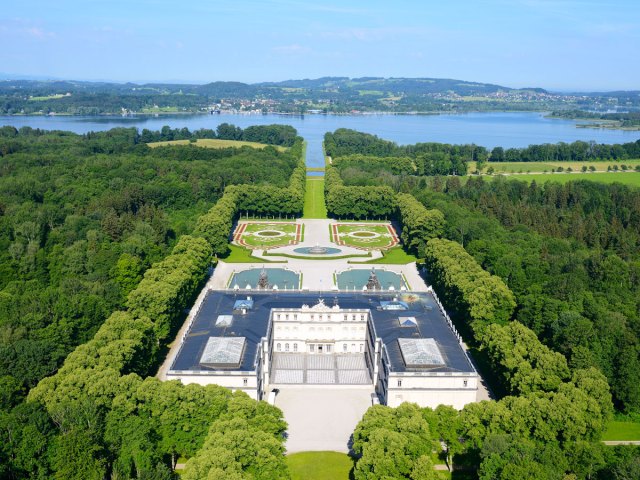
Neuschwanstein might be the headliner, but it is not the only Ludwig landmark to join the UNESCO World Heritage List this year. Three additional Bavarian estates — Linderhof Palace, Herrenchiemsee Palace and Park, and the King’s House on Schachen — have also been recognized.
These opulent properties were constructed between 1864 and 1886, and like Neuschwanstein, opened as museums after Ludwig’s death. Reflecting the ruler’s unique architectural preferences, they draw inspiration from all things grand, romantic, or mythological, from the Palace of Versailles to German fairy tales, Richard Wagner’s operas, and the medieval Wartburg Castle.
Linderhof Palace

Linderhof Palace is located in the Ettaler Forest of southwest Bavaria, about 30 miles east of Neuschwanstein Castle by car. Although it is the smallest of King Ludwig’s three palaces, it might be the most sentimental — it was the only palace completed before his death, making it the place where he spent most of his time.
The interior is decorated in the neo-Rococo style, with floor-to-ceiling embellishments and an elaborate peacock throne, complete with three bronze peacock statues and vibrantly colored silk cushions. Artisans in Munich and Paris designed the showstopping throne under the supervision of the king. Other highlights include an artificial dripstone cave known as the Venus Grotto, a shimmering Hall of Mirrors, and, surrounding the palace, the immaculate Linderhof Park, inspired by one of Ludwig’s favorite places, Versailles.
Herrenchiemsee Palace and Park
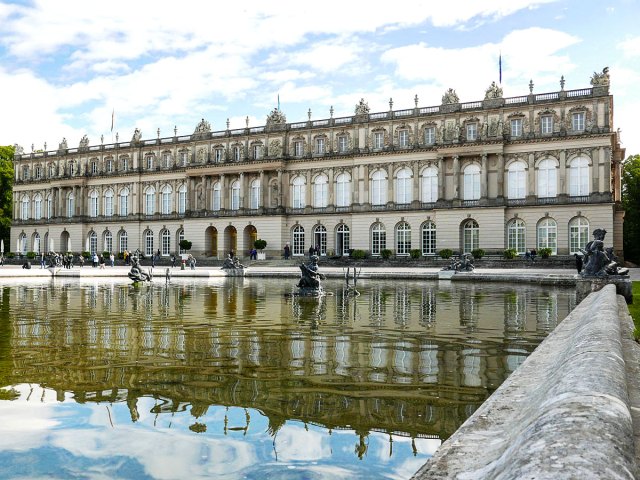
Herrenchiemsee Palace and Park might be Ludwig’s most regal creation. Situated on Chiemsee, Bavaria’s largest lake, the 600-acre island palace complex was the king’s largest architectural undertaking. The ruler built this palace as a “Temple of Fame” in honor of King Louis XIV of France, whom he greatly admired.
Herrenchiemsee is often referred to as the “Bavarian Versailles.” The island boasts a sprawling complex of palatial buildings, museums, and green spaces, including the Royal Palace, the King Ludwig II Museum, two art galleries within the Augustinian Monastery, and lush French-style gardens featuring fountains and walking paths.
King’s House on Schachen
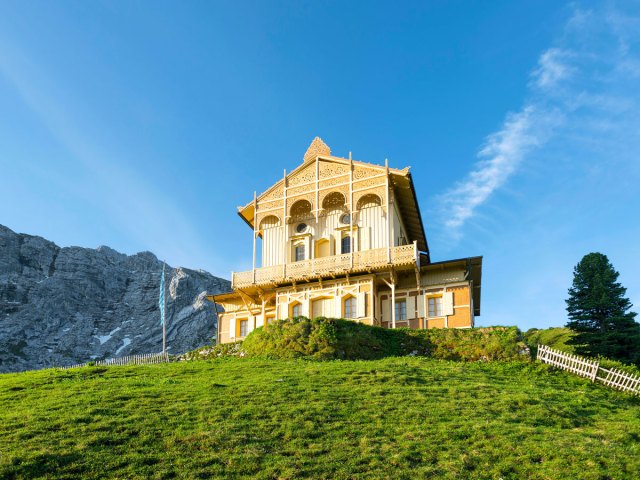
The King’s House on Schachen is the most remote of Ludwig’s royal properties. This Alpine retreat isn’t a castle in the traditional sense; rather, it was inspired by the wooden chalets of Switzerland and designed for countryside relaxation. It was also the king’s favorite escape — he celebrated his birthday there each year on August 25.
Unlike Ludwig’s three palaces, King’s House on Schachen isn’t easily accessible by car. Situated at the foot of the Wetterstein massif at an altitude of 6,122 feet, the estate is accessible only by a six- to seven-hour hike (though Ludwig was taken there via horse carriage). For those willing to make the trek, the view of the surrounding Northern Limestone Alps is magical.
Other New UNESCO Entries for 2025
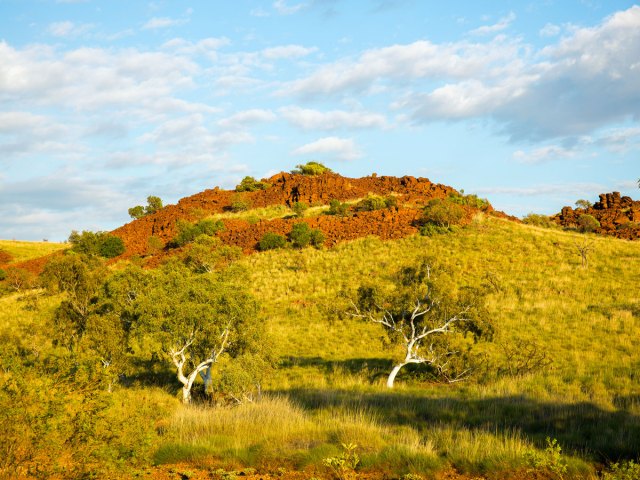
In addition to the extravagant works championed by King Ludwig, more than 20 new cultural and natural wonders have been granted UNESCO World Heritage status this year, from ancient rock art to rainforest sanctuaries.
One standout addition is Australia’s Murujuga Cultural Landscape, famous for its collection of over 1 million Aboriginal petroglyphs. Older than the Pyramids of Giza, this area has been inhabited and preserved by the Ngarda-Ngarli peoples, a collective term for the five Traditional Owner groups of Murujuga, for the past 50,000 years.
In Mexico, the Wixárika Route, a sacred trail of 20 sites, winds across five states, connecting the Wixárika Indigenous peoples in their rituals and ceremonies. Also known as “Tatehuarí Huajuyé” or the “Path of Our Grandfather Fire,” it is one of the best representations of pre-Columbian routes still used in the Americas.
On the opposite side of the globe, China’s Xixia Imperial Tombs from the Xixia Dynasty (11th to 13th centuries) features honeycomb-shaped imperial tombs set against the backdrop of the southern Helan Mountains. It stands as the most intact archaeological site from the Xixia period.
Several natural wonders have also landed a spot on UNESCO’s list. Among this year’s newly protected landscapes are the Bijagós Islands in Guinea-Bissau, the Gola Rainforest National Park and Tiwai Island Wildlife Sanctuary in Sierra Leone, Møns Klint chalk cliffs in Denmark, and the Peruaçu River Canyon in Brazil.
More from our network
Daily Passport is part of Inbox Studio, which publishes content that uplifts, informs, and inspires.
